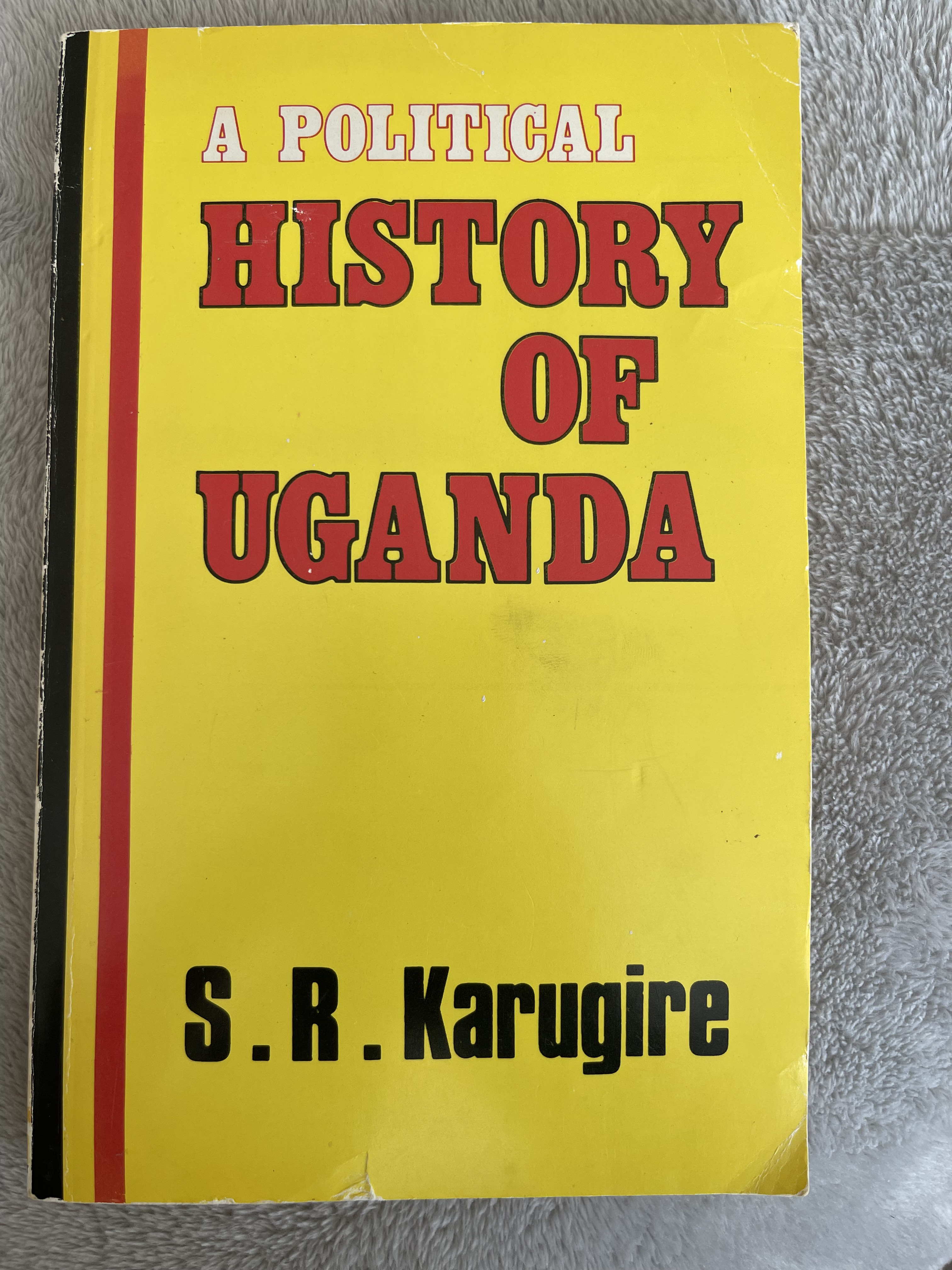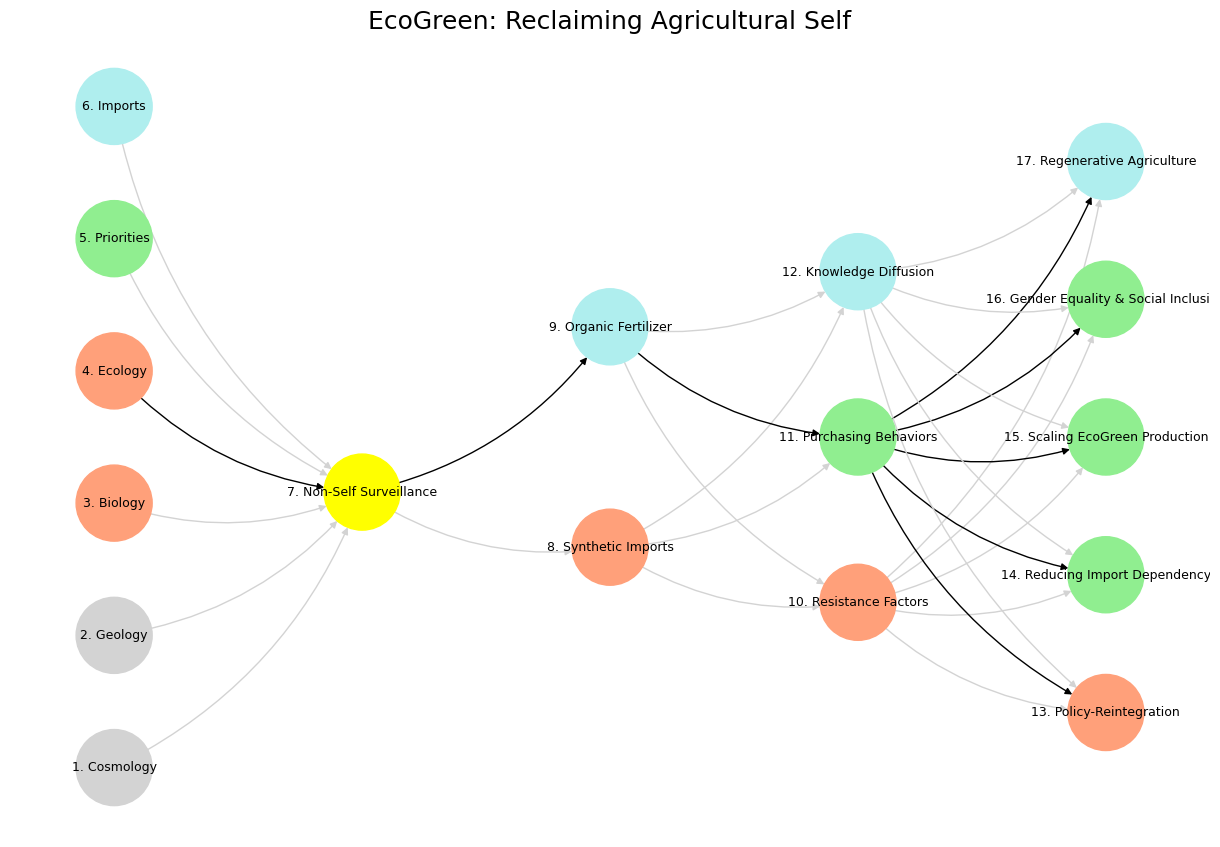Ecosystem#
+ Expand
- What makes for a suitable problem for AI (Demis Hassabis, Nobel Lecture)?
- Space: Massive combinatorial search space
- Function: Clear objective function (metric) to optimize against
- Time: Either lots of data and/or an accurate and efficient simulator
- Guess what else fits the bill (Yours truly, amateur philosopher)?
- Space
- Intestines/villi
- Lungs/bronchioles
- Capillary trees
- Network of lymphatics
- Dendrites in neurons
- Tree branches
- Function
- Energy
- Aerobic respiration
- Delivery to "last mile" (minimize distance)
- Response time (minimize)
- Information
- Exposure to sunlight for photosynthesis
- Time
- Nourishment
- Gaseous exchange
- Oxygen & Nutrients (Carbon dioxide & "Waste")
- Surveillance for antigens
- Coherence of functions
- Water and nutrients from soil
C5: Indicative Methodology, Innovation, and GESI Considerations#
Project Methodology and Scientific Excellence (1750 characters)#
The Ethiopian agricultural ecosystem, in its organic resilience, is the Self, honed over millennia to sustain fertility, biodiversity, and climate resilience. Yet, an entrenched system of synthetic fertilizer imports has rewritten this equilibrium—an invasive Non-Self masquerading as agricultural necessity. This negotiated identity has conditioned farmers to view chemical dependence as essential, eroding agency and soil vitality. Eco Green’s project deploys a five-layer immunoecological framework to systematically reverse this misrecognition and restore Self as the dominant force.

Fig. 6 Agency. European-African relationships in the postcolonial period do not believe in the agency of the beneficiary. Instead of aid, transactional relationships would seem more peer-to-peer and thus more negotiable over time. Kemi talks about “guarding text carefully”, using conservative principles at 50:00/1:37:25. Just as Christianity may appropriate Isaiah 9:6 for its purposes, Africa have appropriated speaking in tongues, exorcism, and such items the align with traditional religions for their own purposes, items barely evident in, say, Anglicanism.#
Layer 1 – Tragedy (Pattern Recognition): We assess long-term chemical dependency as an engineered pathology, quantifying soil degradation via microbial diversity indices and nitrogen fixation dynamics (Noded 1-6).
Layer 2 – History (Non-Self Surveillance): Our longitudinal soil analysis will examine shifts in organic matter and nutrient cycling, revealing how synthetic fertilizers have disrupted ecological intelligence (Node 7).
Layer 3 – Epic (Negotiated Identity): A field trial network spanning six regions will evaluate Eco Green’s organic liquid fertilizer against Synthetic Imports, measuring productivity, carbon sequestration, and economic feasibility (Nodes 8 vs. 9).
Layer 4 – Drama (Self vs. Non-Self): Farmer adoption patterns will be analyzed using behavioral economics, tracking shifts in knowledge diffusion, resistance factors, and purchasing behaviors (Nodes 10, 11, 12).
Layer 5 – Comedy (Resolution): A policy-reintegration strategy will recalibrate Ethiopia’s regulatory environment to prioritize regenerative agriculture, scaling Eco Green’s production and reducing import dependency (Nodes 13-17).
Scientific rigor will be ensured through collaborative trials with Ethiopian agricultural research institutions, soil microbiology assessments, and climate modeling to measure emission reductions. By integrating economic, ecological, and immunological metrics, we will quantify the Self’s reemergence, aligning research outputs with poverty reduction, climate resilience, and biodiversity restoration.
Innovation (700 characters)#
Eco Green’s innovation is systemic: it reframes agricultural transformation as an immunological counterinsurgency against synthetic dependency. This project advances:
Technology: Our patented fermentation process converts organic waste into high-bioavailability liquid fertilizer, improving soil health without chemical additives (Node 9).
Policy Practice: We challenge Ethiopia’s entrenched fertilizer import subsidies by demonstrating cost-efficiency and productivity gains of organic solutions (Node 13).
Farmer-Led Learning Models: A decentralized adoption strategy leverages digital advisory tools, demonstration farms, and cooperative-based distribution to scale impact organically (Node 7).
Ecological Economics: Our dynamic pricing model ensures affordability while rewarding long-term soil regeneration (Node 17).
This approach disrupts the industrial chemical status quo, accelerating the transition to a self-sustaining agricultural economy.

Fig. 7 Uganda. It’s ecosystem, worldview, navigation, space, rituals.#
Goal#
A Python script that:
Checks a condition (e.g., a deadline is near).
Sends an email using SendGrid.
Sends an SMS using Twilio.
1. Setup SendGrid for Email#
Sign up for a free SendGrid account: https://sendgrid.com
Get an API key from the “API Keys” section.
2. Setup Twilio for SMS#
Sign up for Twilio: https://www.twilio.com
Get an Account SID, Auth Token, and a Twilio phone number.
3. Install Required Libraries#
Run this in your terminal:
pip install sendgrid twilio
4. Python Script#
This script:
Checks if a deadline is today.
Sends an email via SendGrid.
Sends an SMS via Twilio.
import os
import datetime
import sendgrid
from sendgrid.helpers.mail import Mail
from twilio.rest import Client
# CONFIGURE THIS
SENDGRID_API_KEY = "your_sendgrid_api_key"
TWILIO_ACCOUNT_SID = "your_twilio_account_sid"
TWILIO_AUTH_TOKEN = "your_twilio_auth_token"
TWILIO_PHONE_NUMBER = "your_twilio_phone_number"
YOUR_PHONE_NUMBER = "your_personal_phone_number"
YOUR_EMAIL = "your_email@example.com"
# Example: A deadline date
deadline_date = datetime.date(2025, 3, 15) # Change to any date
# Check if today is the deadline
if datetime.date.today() == deadline_date:
# Send Email
sg = sendgrid.SendGridAPIClient(SENDGRID_API_KEY)
email_message = Mail(
from_email="your_email@example.com",
to_emails=YOUR_EMAIL,
subject="Deadline Alert!",
plain_text_content=f"Reminder: Your deadline is today ({deadline_date})."
)
sg.send(email_message)
print("Email sent!")
# Send SMS
client = Client(TWILIO_ACCOUNT_SID, TWILIO_AUTH_TOKEN)
sms_message = client.messages.create(
body=f"Reminder: Your deadline is today ({deadline_date}).",
from_=TWILIO_PHONE_NUMBER,
to=YOUR_PHONE_NUMBER
)
print("SMS sent!")
else:
print("No deadline today. No notifications sent.")
5. How to Run#
Save the script as notify.py and run:
python notify.py
How to Extend It#
Fetch deadlines from an API instead of using a hardcoded date.
Change the condition (e.g., notify 3 days before).
Add WhatsApp notifications using the WhatsApp Business API.
Why This Works for You#
✅ Extremely simple – No extra setup, runs in minutes.
✅ Demonstrable – You can test with fake deadlines.
✅ Modifiable – Later, replace the deadline with real grant data.
Would you like help making it interactive via a web interface? 🚀


